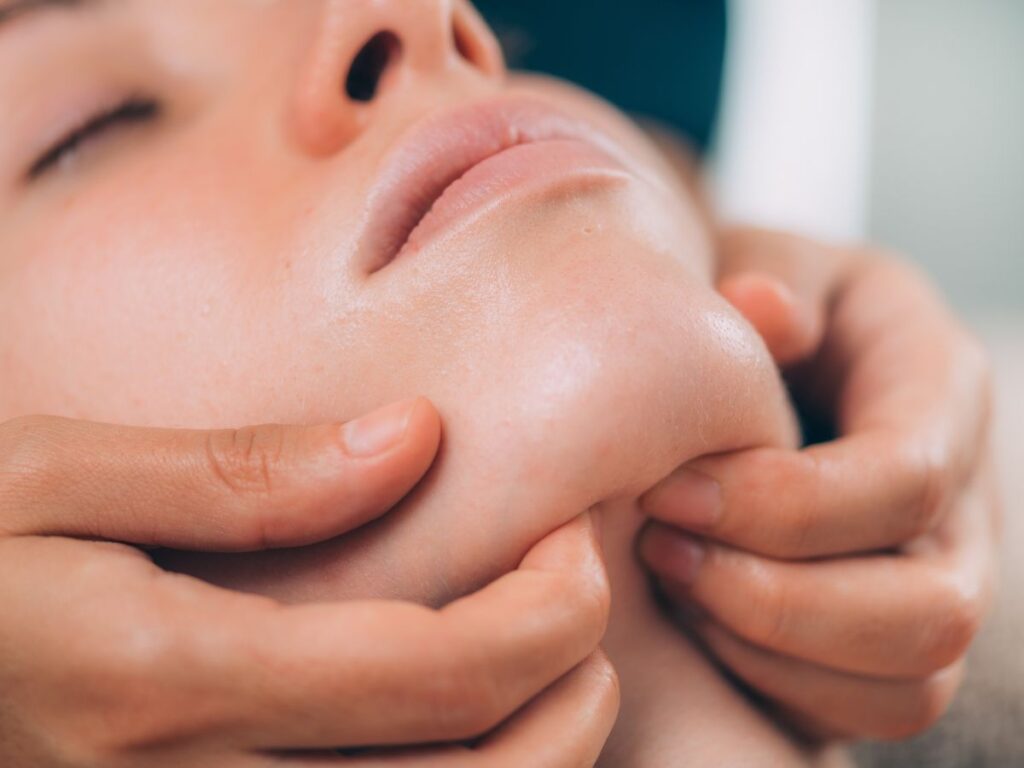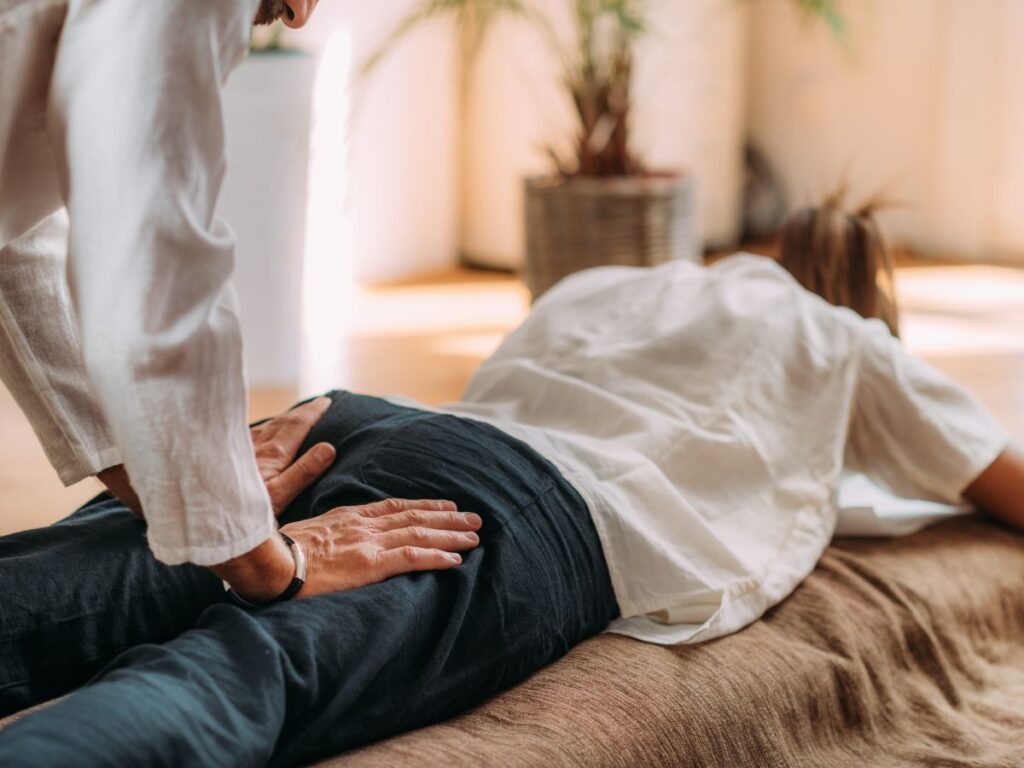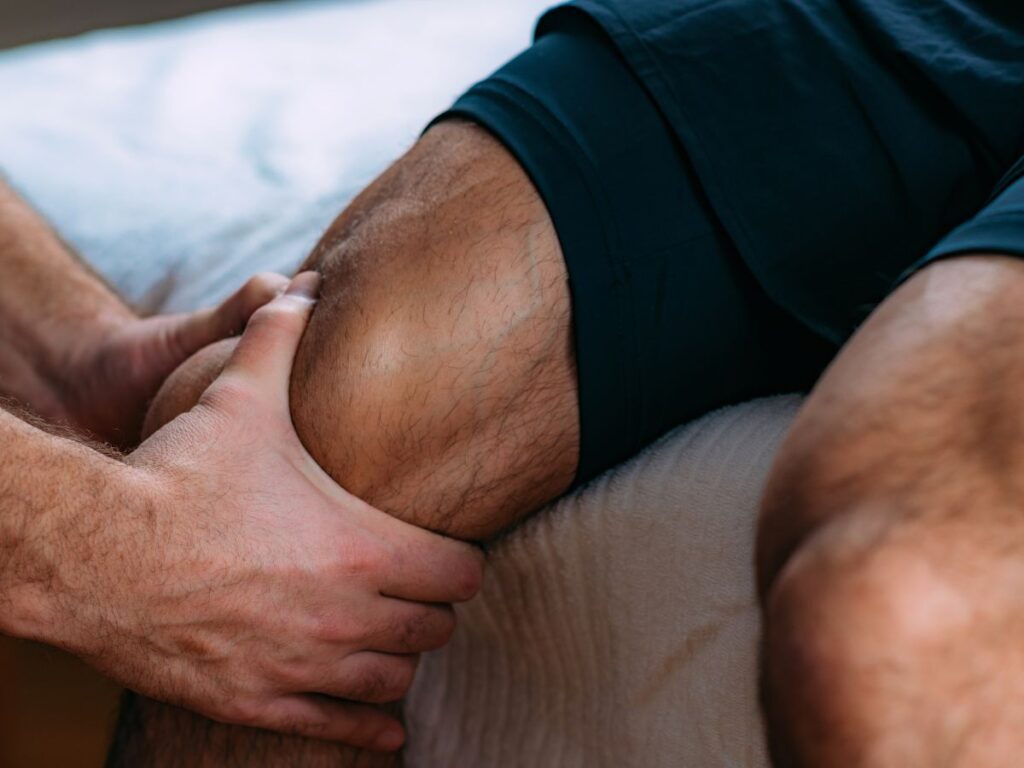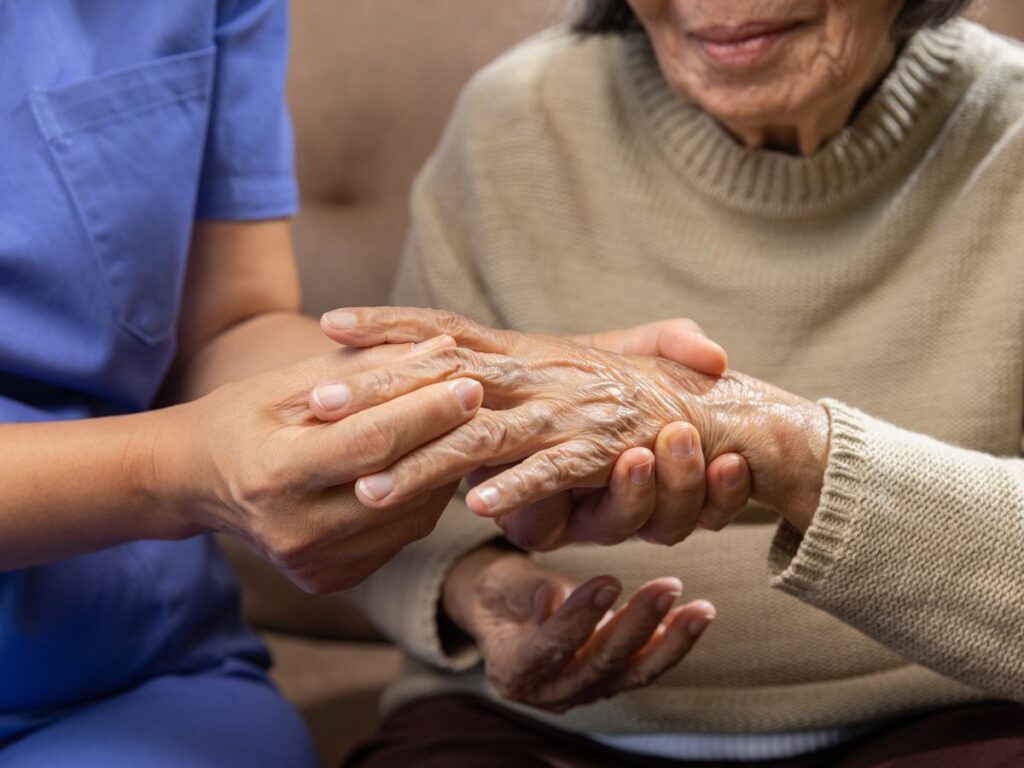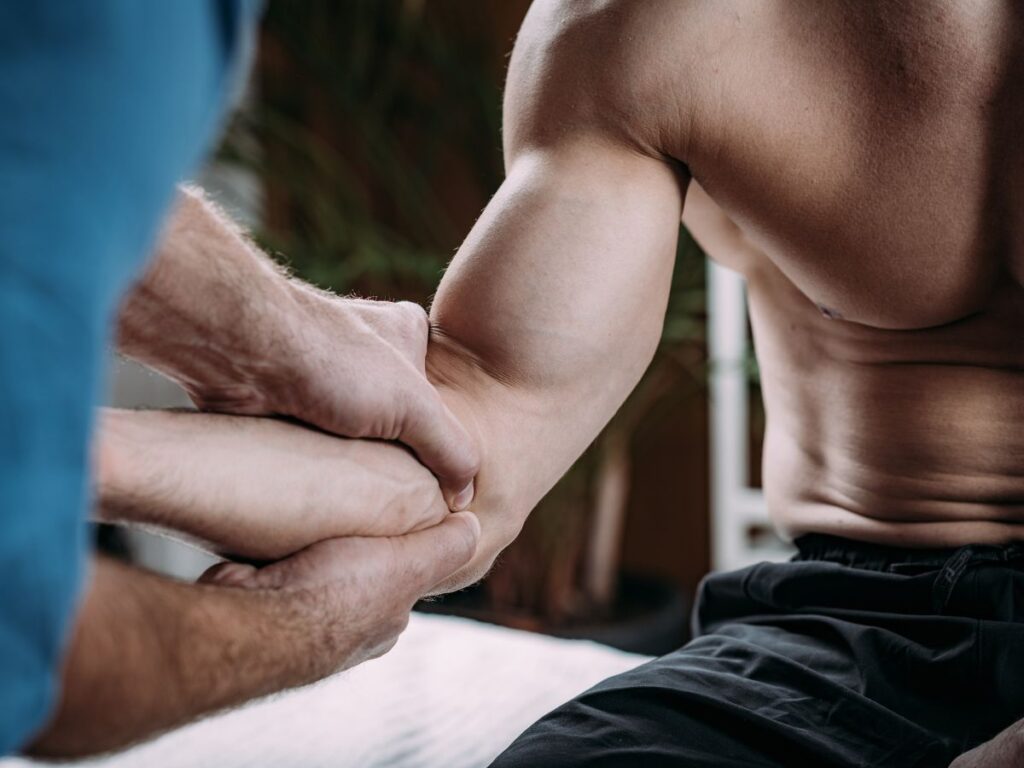Why Feet and Ankles Need Regular Care
Our feet and ankles carry our full weight day in and day out, adjusting to uneven ground, repetitive strides, and the impact of activities like running or jumping. Yet they’re often neglected until soreness or swelling sets in. Massage therapy can revolutionize foot and ankle comfort by focusing on the dense web of muscles, tendons, and ligaments that stabilize the lower extremity. Through thoughtful manipulation, circulation improves, knots dissolve, and structural balance is restored. Over time, this renewed foundation boosts mobility across the kinetic chain—impacting hips, knees, and even posture—as healthy foot function underpins a stable, pain-free body.
Causes of Foot and Ankle Pain
Plantar fasciitis, a frequent culprit, arises when the tough band of tissue along the foot’s arch inflames from overuse or poor arch support. Ankle sprains, tendonitis, or chronic instability may also hamper walking comfort. High-impact sports like basketball or running amplify stress on the ankles, while prolonged standing or cramped footwear fosters tension in the arches and toes. Certain structural traits—flat feet or high arches—can predispose to repeated aches. Massage therapists evaluate these factors, applying targeted techniques to ease overloaded tissue, whether it’s the Achilles tendon, peroneals, or the plantar fascia itself.
Massage Methods for Foot and Ankle Relief
Therapists typically warm up the region with gliding strokes on the calf and foot, identifying tension hotspots. Deep tissue pressure along the plantar fascia can loosen micro-adhesions contributing to heel pain. For ankles, cross-fiber friction may assist ligament healing, especially after sprains. Myofascial release around the sole fosters a smoother gait, while gentle mobilizations of the ankle joint can restore range of motion. Some practitioners incorporate reflexology-inspired moves, applying strategic pressure on foot reflex points. By addressing each layer—muscle, tendon, fascia—the therapy session ensures a comprehensive approach to foot and ankle well-being.
Dr. Elham’s Structural Alignment
Poor foot mechanics often ripple upward, influencing knee, hip, or even spinal alignment. Dr. Elham investigates these structural nuances, using chiropractic adjustments to fine-tune any misalignments, such as dropped arches or uneven weight distribution. Massage therapy follows, releasing the muscles that have compensated for these distortions, thus reinforcing Dr. Elham’s corrections. For persistent foot pains, custom orthotics or foot strengthening exercises may also be suggested. By tackling both skeletal alignment and muscular tension, this integrated model curbs recurring foot or ankle discomfort, sparing you from constant aches that sabotage daily mobility.
Advantages of Foot and Ankle Massage
Giving focused attention to these foundational areas yields multiple benefits:
- Pain Relief: Loosening tight plantar fascia or Achilles tendons diminishes chronic aches, whether from standing or sports.
- Improved Circulation: Enhanced blood flow fosters tissue recovery and cuts inflammation around the heels and ankles.
- Greater Stability: Releasing knots in stabilizing muscles, like the peroneals, enhances ankle balance and reduces sprain risk.
- Relaxation: Feet store tension accumulated through constant weight-bearing; massage provides deep, soothing relief.
- Better Alignment Retention: When combined with Dr. Elham’s adjustments, relaxed foot and ankle muscles help structural corrections last longer.
Over time, these gains translate to freer, lighter steps, less fear of rolling an ankle, and a more energetic stride when you step off your bed each morning.
Practical Steps to Maintain Progress
Outside the therapy room, self-care sustains foot comfort. Rolling the arch over a tennis or massage ball can replicate deep pressure, easing plantar tension. Simple calf stretches—like the gastrocnemius and soleus stretches—keep the Achilles tendon pliable. Dr. Elham might recommend foot-strengthening drills—like picking up marbles with your toes or performing single-leg balances—to nurture stability. Wearing supportive shoes and rotating them if you’re active helps keep arches properly braced. By sprinkling these practices into daily life, you prevent soreness from piling up, ensuring each massage session’s benefits endure.
Activity-Related Solutions
Feet and ankles bear the brunt of high-impact sports, intensive job tasks, or even weekend hikes. Massage therapists focus on the specific muscles taxed—like the tibialis posterior for runners or the calves for people who stand long hours. Deeper friction near tendon attachments helps quell overuse inflammation. Dr. Elham’s alignment checks confirm that misalignments in the ankle or subtalar joint aren’t fueling repeated strain. The result is better shock absorption and foot mechanics, letting you continue your activities without tiptoeing around pain or halting your routine prematurely.
Risks of Overlooking Foot Pain
Unaddressed foot and ankle discomfort can escalate. Plantar fasciitis might develop into chronic heel spurs, or tendon strains may degenerate into partial tears. In time, gait adjustments to reduce foot pain may stress the knees or hips, creating a chain of injuries. Quality of life suffers as standing, walking, or exercising become fraught with discomfort. Massage therapy, integrated with Dr. Elham’s expertise, interrupts this cycle, tackling the underlying tissue restrictions before they fester into serious mobility-limiting conditions. Swift intervention preserves your capacity to move freely, from errands to athletic pursuits.
Typical Session Flow
A foot-and-ankle-focused massage starts with broad strokes across the lower leg, stimulating blood flow in the calves. The therapist then zeroes in on tight zones: the Achilles region, lateral ankle stabilizers, or the arch. Pressure can range from gentle gliding to firmer kneading, depending on the severity of knots. Passive range-of-motion maneuvers—like rotating the ankle or bending the toes—aid in releasing joint capsules. Careful friction around sore tendons fosters collagen alignment, vital for healing micro-tears. A relaxing finish, perhaps with soothing strokes on the toes and dorsum of the foot, caps the session, leaving you with a renewed sense of groundedness and reduced discomfort.
Promoting a Buoyant Step Forward
Consistent foot and ankle massage sessions allow you to reclaim a spring in your step—free from the weight of daily aches. Initially, weekly or bi-weekly appointments may be ideal for tackling deep-set tension or long-standing plantar issues. As the knots diminish, monthly tune-ups keep muscles pliable and alignment stable. Dr. Elham’s periodic assessments ensure any skeletal corrections persist, preventing reemergence of tension. By pairing this professional care with at-home stretches, mindful shoe choices, and occasional foot strengthening, you create an ecosystem that shields your lower extremities from recurring strain. Ultimately, resilient feet and ankles underscore an active, fulfilling life—no matter if you’re out on a trail run or merely strolling through your day with comfort and confidence.

